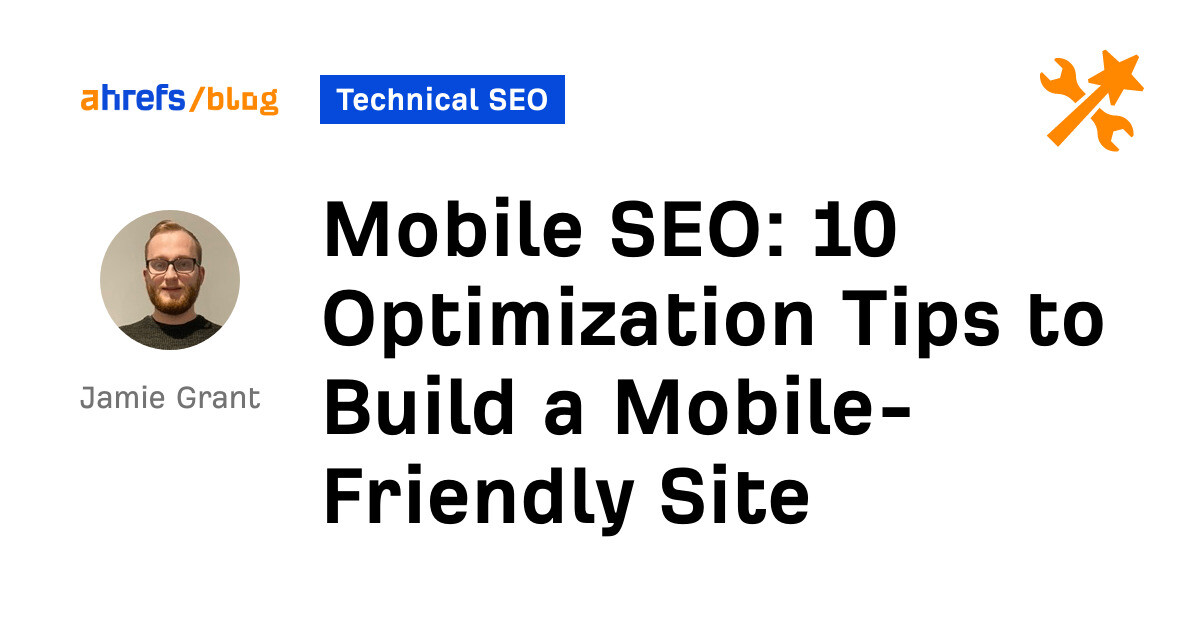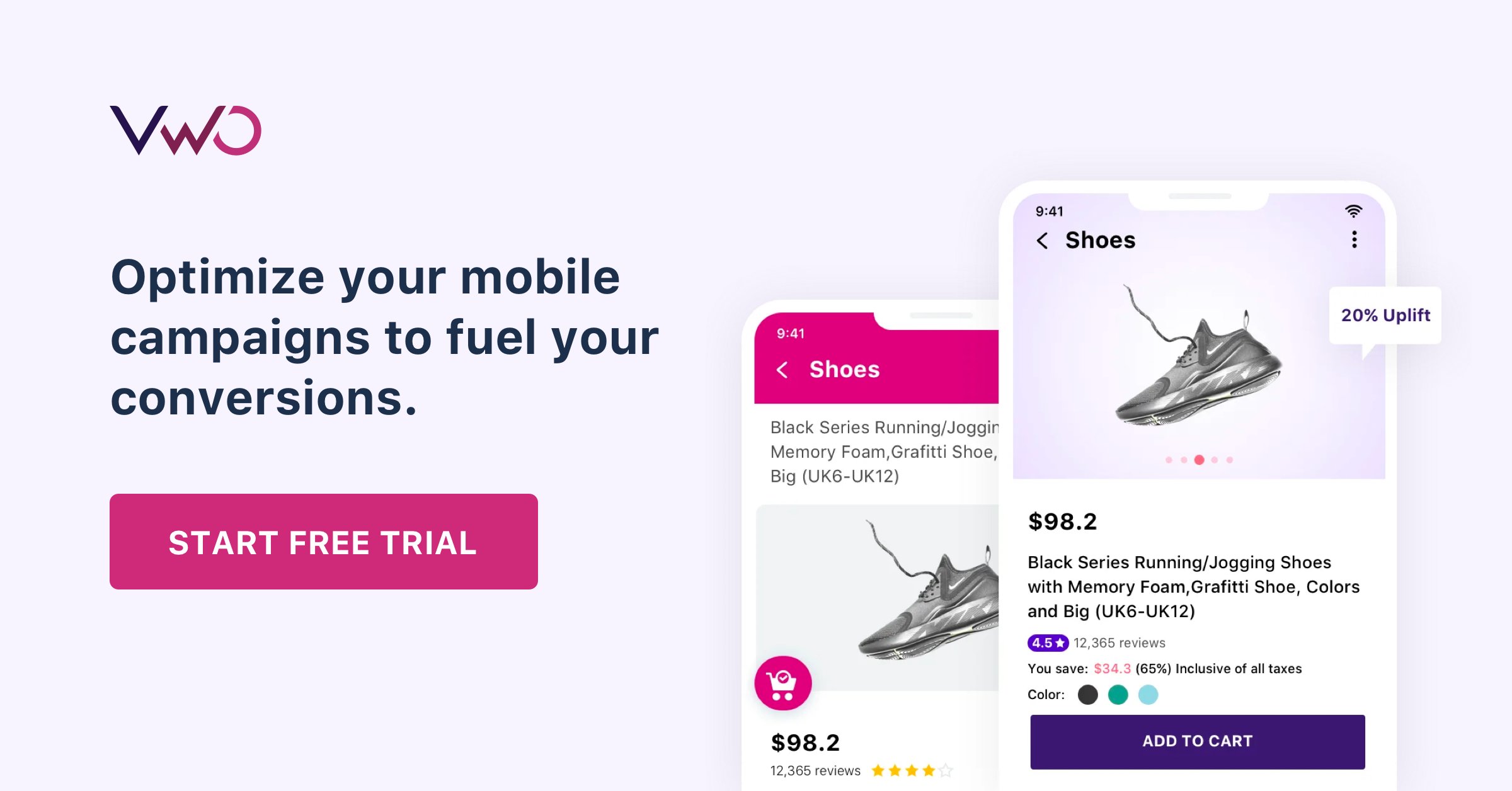Boost Rankings and Interaction with Proven Mobile Optimization Strategies
Boost Rankings and Interaction with Proven Mobile Optimization Strategies
Blog Article

The Ultimate Overview to Mobile Optimization: Approaches for Enhancing Web Site Performance on Smartphones and Tablets
The methods for boosting web site efficiency on mobile platforms go beyond simple adaptation; they include a thorough technique that involves responsive layout, speed optimization, web content techniques, and customer experience enhancements. By delving into the complexities of mobile optimization, services can not only satisfy customer expectations yet likewise remain in advance in an affordable digital landscape.
Importance of Mobile Optimization
Mobile optimization plays a pivotal function in improving user experience and driving conversion prices in the ever-evolving electronic landscape. With the enhancing use of smart devices and tablets for searching the net, ensuring that sites are optimized for smart phones has actually become crucial for businesses - Mobile Optimization. A mobile-optimized web site not only adapts seamlessly to different screen sizes yet likewise loads quickly, giving users with a smooth and pleasurable browsing experience
In today's hectic globe, users anticipate instant accessibility to information on the move. A website that is not maximized for mobile gadgets dangers losing possible customers because of reduce filling times or a bad customer interface. By spending in mobile optimization, services can satisfy the requirements of their mobile audience, bring about greater engagement and boosted conversions.
Moreover, search engines like Google focus on mobile-friendly websites in their positions, making mobile optimization essential for improving visibility and drawing in organic traffic. Mobile Optimization. On the whole, the significance of mobile optimization can not be overemphasized, as it straight influences customer satisfaction, conversion rates, and general service success in the digital realm
Responsive Layout Strategies
Applying receptive style techniques makes sure that internet sites dynamically adjust their layout and material based upon the customer's tool screen dimension, giving a consistent individual experience throughout numerous systems. Among the most typical methods made use of in receptive layout is creating fluid grids that allow material to resize proportionally to the screen dimension. This ensures that elements on the webpage keep their loved one spacing and arrangement, maximizing the watching experience for customers on various devices.
Additionally, making use of adaptable pictures that can scale with the dimension of the viewport helps stop photos from being chopped or misshaped on smaller sized displays. CSS media questions play a vital function in responsive style by allowing developers to use specific designs based on the device features such as screen size, height, and alignment. By leveraging media queries, internet sites can adapt their layout and design to fit smartphones, tablets, and desktop computer displays flawlessly.
Including receptive design methods not only improves user experience however additionally adds to enhanced internet search engine rankings, as search engines like Google prioritize mobile-friendly websites in their mobile search results. By welcoming receptive layout, web sites can accommodate the diverse demands of users accessing material on a variety of gadgets, eventually driving engagement and conversions.
Speed and Performance Optimization

One key strategy is optimizing pictures and multimedia content to minimize data sizes without endangering high quality. Pressing photos, leveraging contemporary picture formats like WebP, and lazy packing offscreen images are reliable approaches to accelerate load times (Mobile Optimization). Moreover, reducing HTTP requests, leveraging browser caching, and minimizing web server response times are crucial action in improving efficiency.
Applying a material distribution network (CDN) can also significantly enhance website rate by distributing content throughout multiple web servers around the world, reducing latency for individuals accessing the site from various places. Focusing on important above-the-fold material and delaying non-essential manuscripts can further improve regarded efficiency. By concentrating on rate and performance optimization, websites can supply a smooth and rewarding user experience on mobile tools.
Mobile-Friendly Content Techniques
To maximize material for smart phones, it is necessary to prioritize readability and interaction via strategic format and concise messaging. Mobile-friendly material approaches involve tailoring the discussion of info to fit the smaller screens and on-the-go nature of smart device and tablet computer customers. One key facet is to make sure that text is conveniently understandable without Website the demand for focusing, utilizing font sizes that are legible on mobile displays. In addition, breaking up content right into shorter paragraphs and using bullet points can assist boost readability and make it simpler for customers to eat information swiftly.
Incorporating appealing visuals, such as images and videos optimized for mobile viewing, can also enhance the overall user experience. These visuals ought to be relevant, top notch, and load quickly to stop customers from wearying. Furthermore, integrating interactive components like tests, polls, or studies can enhance individual engagement and urge active engagement.
Customer Experience Enhancements
Building on the structure of mobile-friendly material strategies, enhancing individual experience entails maximizing every touchpoint to guarantee smooth communication and contentment for mobile individuals. One crucial facet of improving user experience on smart phones is ensuring quickly loading times. Individuals anticipate web sites to load promptly on their smart devices and tablets, and any type of hold-ups can lead to stress and enhanced bounce rates. Applying receptive design is one more crucial consider improving individual experience. Receptive layout ensures that web sites adjust to various screen dimensions and resolutions, providing a constant and easy to use experience throughout various devices.
In addition to speed and responsive design, simplifying navigating is essential for a positive customer experience. Clear and instinctive navigating food selections, famous search bars, and tactically put call-to-action buttons can help users easily locate what they are seeking on a mobile website. Enhancing types for mobile users by reducing the number you can find out more of areas and utilizing auto-fill features can additionally boost the general user experience. By concentrating on these customer experience improvements, sites can efficiently engage and preserve mobile site visitors.
Verdict
Finally, mobile optimization is vital for improving website efficiency on mobile phones and tablets. By applying responsive design methods, enhancing rate and efficiency, developing mobile-friendly content, and improving customer experience, services can properly get to and engage with their mobile audience. It is necessary for websites to adapt to the boosting mobile use patterns in order to remain affordable in the electronic landscape.
Report this page